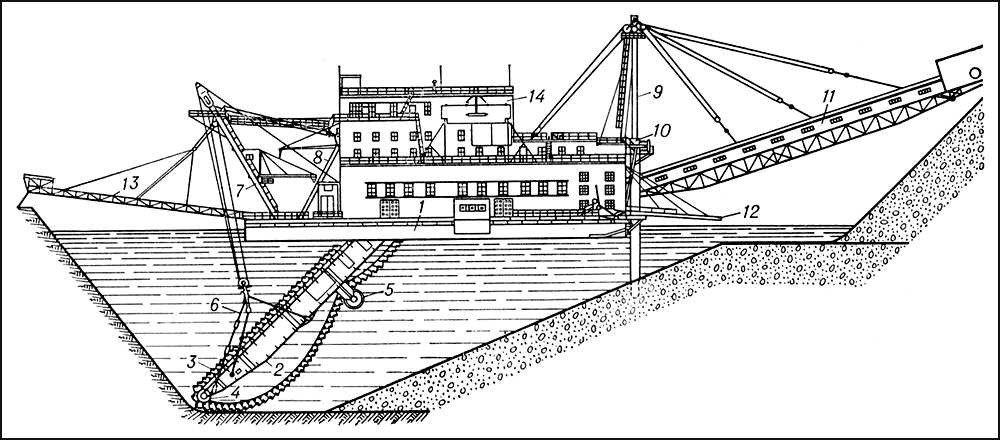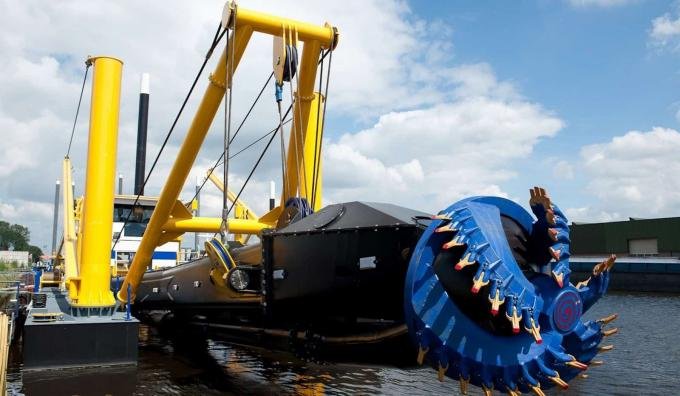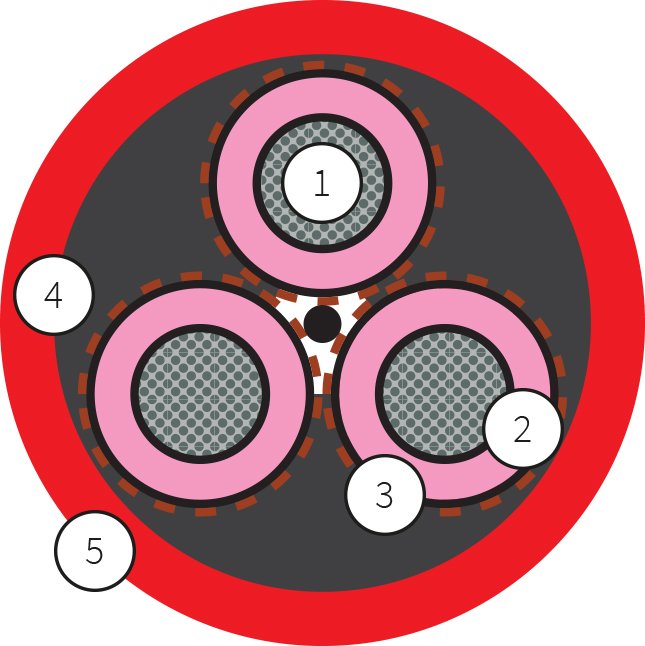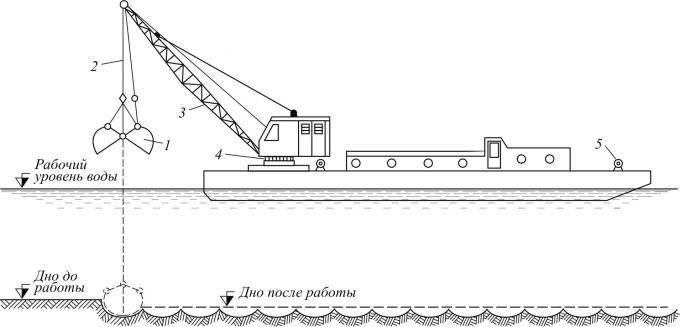

In today’s world, where undersea infrastructure is increasingly essential, it is crucial to understand the relationship between dredgers and subsea cables. Subsea cables facilitate global connectivity, serving as the backbone for telecommunications, data transfer, and even some power grids.
Meanwhile, dredging supports safe and navigable waterways, maintaining coastal health, and enabling harbor construction. However, both dredging and subsea cables share the same marine space, which can lead to significant operational, economic, and environmental implications.

Here, we’ll dive into how these interactions occur, their challenges, and the technologies that help manage this vital relationship.
Dredging involves the excavation and removal of sediments from the bottom of water bodies such as oceans, rivers, and lakes. Although simple in concept, dredging is a sophisticated process today, used for cleaning, maintenance, and construction.
It’s not just about removing materials; it’s about creating safe, navigable, and sustainable waterways.
Dredging has become integral to environmental restoration, coastal protection, and port maintenance. In many cases, dredged materials are reused, contributing to reclamation projects such as land building, port infrastructure, or even artificial islands.
| Purpose of Dredging | Description |
|---|---|
| Navigation Support | Maintains channel depth and width for vessel passage |
| Port Maintenance | Clears silt and sediment for secure docking and loading in busy harbors |
| Coastal Protection | Reduces erosion and protects coastlines by removing waste and sediments |
| Reclamation Projects | Reuses dredged materials to create land, build structures, and restore areas |
Dredgers are specialized vessels designed to handle various sediment removal tasks, customized according to specific requirements. Cutter Suction Dredgers, Trailing Suction Hopper Dredgers, and Grab Dredgers are among the most common dredgers used today, each suited to particular tasks.
The cost and capabilities of these dredgers vary widely, with advanced electric or smart dredgers reaching tens of millions of dollars.
| Dredger Type | Key Characteristics | Typical Applications |
|---|---|---|
| Cutter Suction Dredger (CSD) | Equipped with a rotating cutter head; handles tough, rocky materials | Suitable for port construction, hard material dredging |
| Trailing Suction Hopper Dredger (TSHD) | Self-propelled; features a large onboard hopper for storing dredged material | Efficient in open waters for harbor maintenance, reclamation projects |
| Grab Dredger | Uses grab buckets for mud, gravel, and loose sediments; operated from a pontoon | Ideal for harbor pools, waterway dredging, underwater infrastructure |
Subsea cables, also known as submarine or undersea cables, are insulated cables laid on the seabed. They are primarily used for transoceanic data transfer and increasingly for power transmission.
These cables carry over 95% of the world’s intercontinental data, including internet traffic and communication signals, connecting continents and powering the digital age.
| Cable Type | Primary Use | Example Applications |
|---|---|---|
| Fiber Optic | Data transmission | Telecommunications, internet connectivity |
| Power Transmission | Electrical grid support | Offshore wind farms, inter-country power sharing |
| Hybrid Cables | Both data and power transmission | Multi-functional infrastructure projects |
Subsea cables are often placed deep in the seabed to minimize exposure to physical disturbances, marine life, and potential damages. However, in shallow areas where dredging commonly occurs, these cables are at greater risk.

Due to the shared marine environment, dredging can inadvertently disrupt subsea cables, leading to costly repairs and even interruptions in global connectivity.
For example, inadvertent strikes from dredgers, particularly cutter heads, can cut or damage cables, leading to outages.
Operational Safety: Subsea cables are often not easily visible from the surface, and dredgers may not always be aware of their exact locations.
Economic Impact: Damage to cables can incur substantial repair costs, reaching millions of dollars, and disrupting international data and communication channels.
Environmental Concerns: Disturbances in marine sediment caused by dredging near cables can harm delicate ecosystems and impact the seabed environment.
| Challenge | Explanation |
|---|---|
| Visibility and Mapping | Subsea cables are hard to detect, requiring advanced mapping technologies |
| Economic Costs | Cable repairs and operational downtime incur significant expenses |
| Environmental Sensitivity | Marine ecosystems can be affected by dredging activities near cables |
Several technologies have been developed to help dredgers avoid damaging subsea cables while still conducting essential dredging activities:
Cable Mapping:
Detailed mapping technologies, including sonar and GPS, help identify and mark the locations of cables. Cable mapping data is often shared with dredging operators.
Electronic Monitoring Systems:
Systems are installed on dredgers to alert operators when they approach known cable locations.
Dredging Techniques:
Modified dredging methods, such as reducing cutter head pressure near cable locations, prevent direct contact with cables.
| Technology | Purpose | Benefits |
|---|---|---|
| Cable Mapping | Identifies cable locations | Reduces risk of accidental cable damage |
| Electronic Monitoring Systems | Alerts operators to cable proximity | Prevents potential damage, allowing for safer dredging |
| Specialized Dredging Techniques | Modifies dredging around cable areas | Minimizes risk to cables while enabling effective sediment removal |
Many regions enforce strict regulations and guidelines for dredging operations near subsea cables to protect these valuable assets.
These regulations often require operators to observe a safe clearance distance, typically ranging from 50 to 100 meters, depending on the region.
| Region | Typical Clearance Distance | Regulatory Body |
|---|---|---|
| United States | 100 meters | NOAA (National Oceanic and Atmospheric Administration) |
| European Union | 75-100 meters | Various national marine authorities |
| Australia | 50 meters | Australian Maritime Safety Authority |
By adhering to these standards, dredging operators can better protect subsea cables and maintain the balance between necessary dredging operations and the safeguarding of critical marine infrastructure.

A notable example of successful dredging and subsea cable coexistence is the Hong Kong-Zhuhai-Macao Bridge project, where extensive dredging was required in proximity to subsea cables. To prevent cable damage, detailed mapping and monitoring strategies were implemented, resulting in minimal disruptions.
Another example is the North Sea wind farm projects off the UK and Dutch coasts. Dredging for foundation placements was essential, yet the operators collaborated with cable companies to establish a safe dredging perimeter around the existing subsea cable network.
| Project | Region | Challenge | Outcome |
|---|---|---|---|
| Hong Kong-Zhuhai-Macao Bridge | China | Extensive dredging near subsea cables | Successful with minimal disruptions |
| North Sea Wind Farms | UK & Netherlands | Foundation dredging near existing cables | Effective collaboration with cable companies |
Looking ahead, advancements in both dredging and subsea cable technology are likely to promote safer operations. Potential innovations include autonomous dredgers with real-time cable detection systems and advanced sonar capabilities, along with hardened subsea cables designed to withstand dredging forces.
By implementing these technologies and improving regulations, the maritime industry can enable safe and effective dredging without risking damage to critical subsea infrastructure.
Understanding the interplay between dredging and subsea cables is essential for preserving marine infrastructure and supporting safe, sustainable maritime activities.
While challenges persist, advances in mapping, electronic monitoring, and regulation continue to make coexistence possible.
Through awareness, technology, and regulatory compliance, dredgers and subsea cable operators can work together to protect our oceanic lifelines and maintain uninterrupted global connectivity.